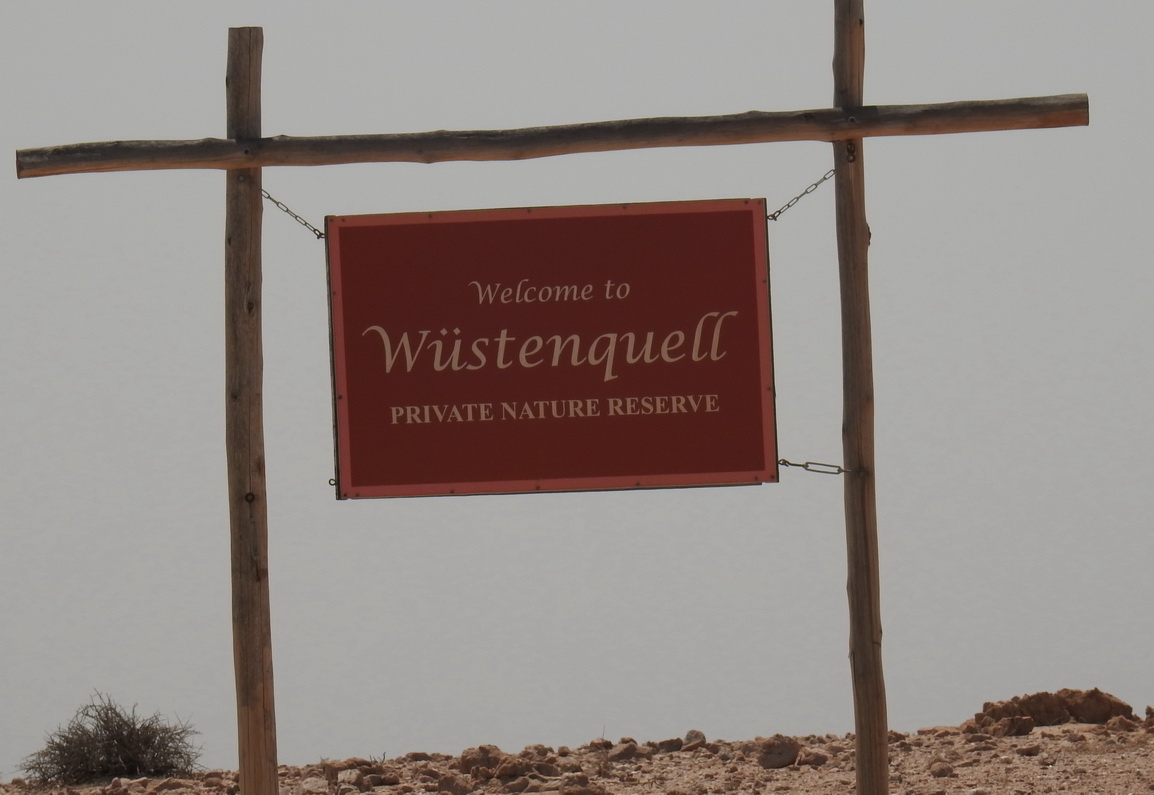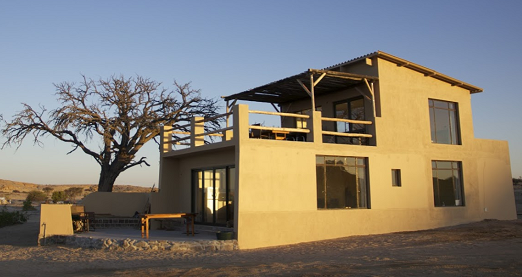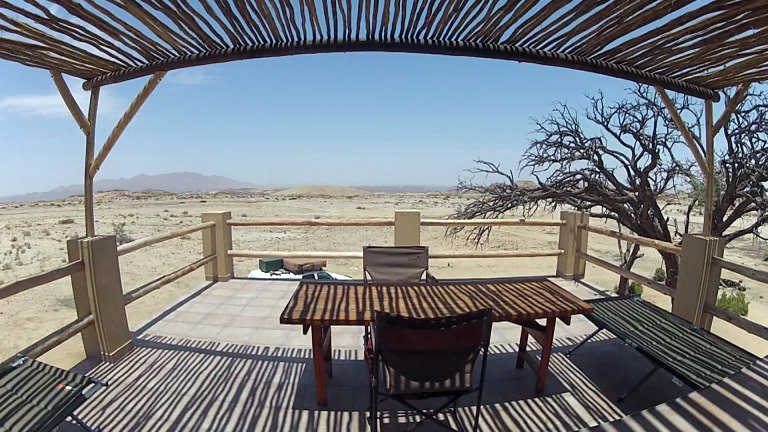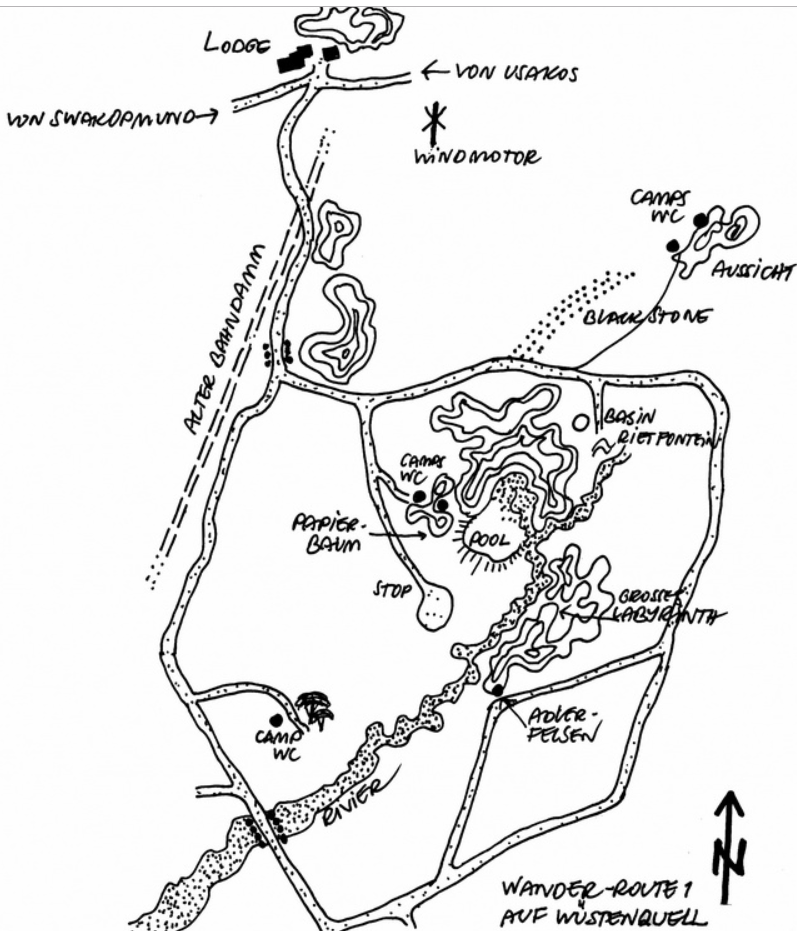Wüstenquell in Namibia refers to a small but remarkable oasis or natural spring located in the Namib Desert. These types of water sources are vital in an otherwise arid region like the Namib Desert, where water is scarce, and life depends on such springs for survival. Wüstenquell specifically could be tied to the desert's water supply systems that support both local wildlife and plants, making it an important ecological feature.
Overview:
- Location: The Wüstenquell is typically located in areas of Namibia where underground water from aquifers or springs emerges at the surface. The Namib Desert is famous for its ancient, harsh conditions, with some of the world's tallest sand dunes (like Dune 7), and any freshwater source like Wüstenquell offers critical sustenance in this dry environment.
- Ecological Importance: Springs such as Wüstenquell are critical to the survival of various desert flora and fauna. They attract wildlife such as springbok, oryx, and even predators like cheetahs and lions that roam the desert in search of water.
Significance:
- Water Source: Springs like Wüstenquell provide clean, fresh water in the desert, and their value is magnified due to their rarity in such environments. Such springs can sustain wildlife and even offer opportunities for tourism, where visitors may catch glimpses of desert animals gathering to drink.
- Tourism: Namibia’s vast desert landscapes, including areas with natural springs like Wüstenquell, attract tourists from around the world, especially those interested in desert safaris, nature photography, and experiencing the stark beauty of the desert ecosystems. Areas around Sossusvlei, Swakopmund, and Dead Vlei offer opportunities for adventurous travelers.
Flora and Fauna:
- Vegetation: The vegetation around Wüstenquell would likely include desert-adapted plants such as Acacia, commiphora, and aloe species, which can thrive in limited water conditions.
- Animals: The availability of water makes the area an important habitat for desert-adapted wildlife, especially in Namibia, where animals like orx, kudu, springbok, and gemsbok are common, often seen near waterholes and springs. These animals use springs to hydrate in an otherwise harsh environment.
Human Use:
- Local Communities: Historically, indigenous people like the Nama and San have relied on such water sources in the desert for drinking and survival, as they also provide valuable water for human settlements. It’s possible that water from sources like Wüstenquell is used by modern-day travelers or researchers as well.
In essence, Wüstenquell is a representation of the life-giving resource in the midst of an incredibly dry and inhospitable environment. It plays a crucial role in supporting life in one of the oldest deserts in the world, the Namib Desert.








